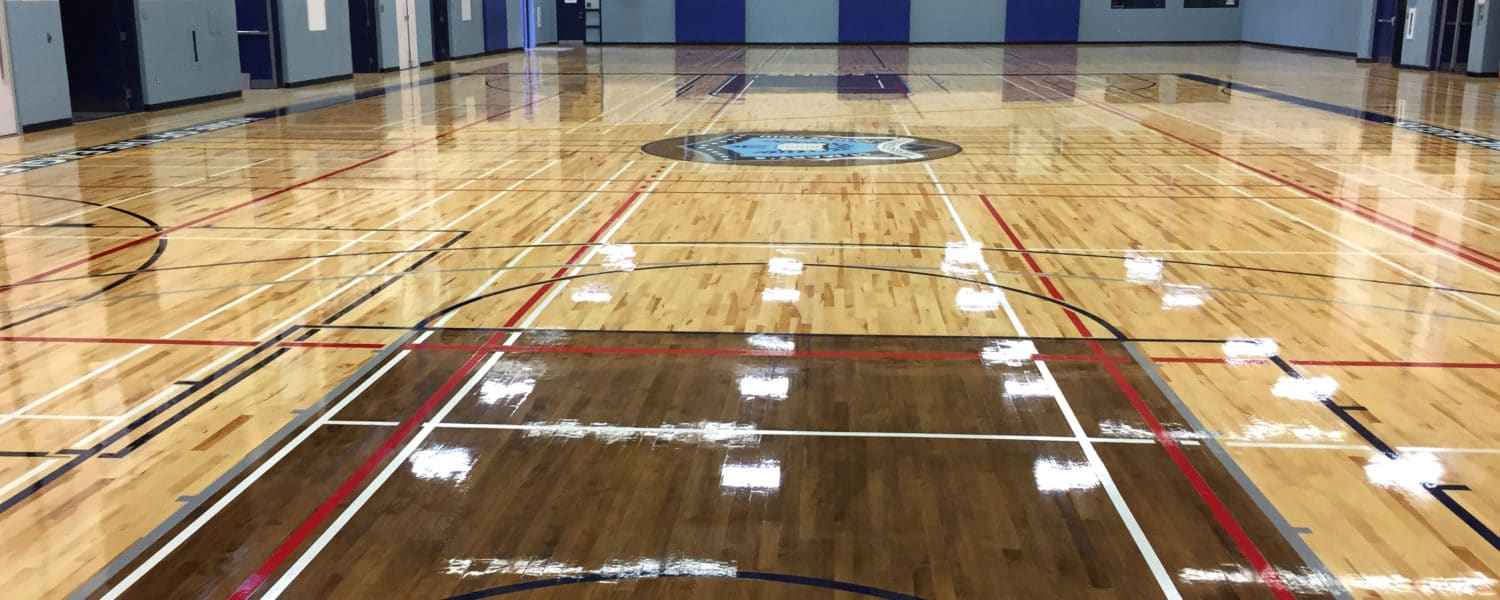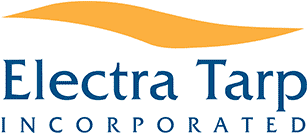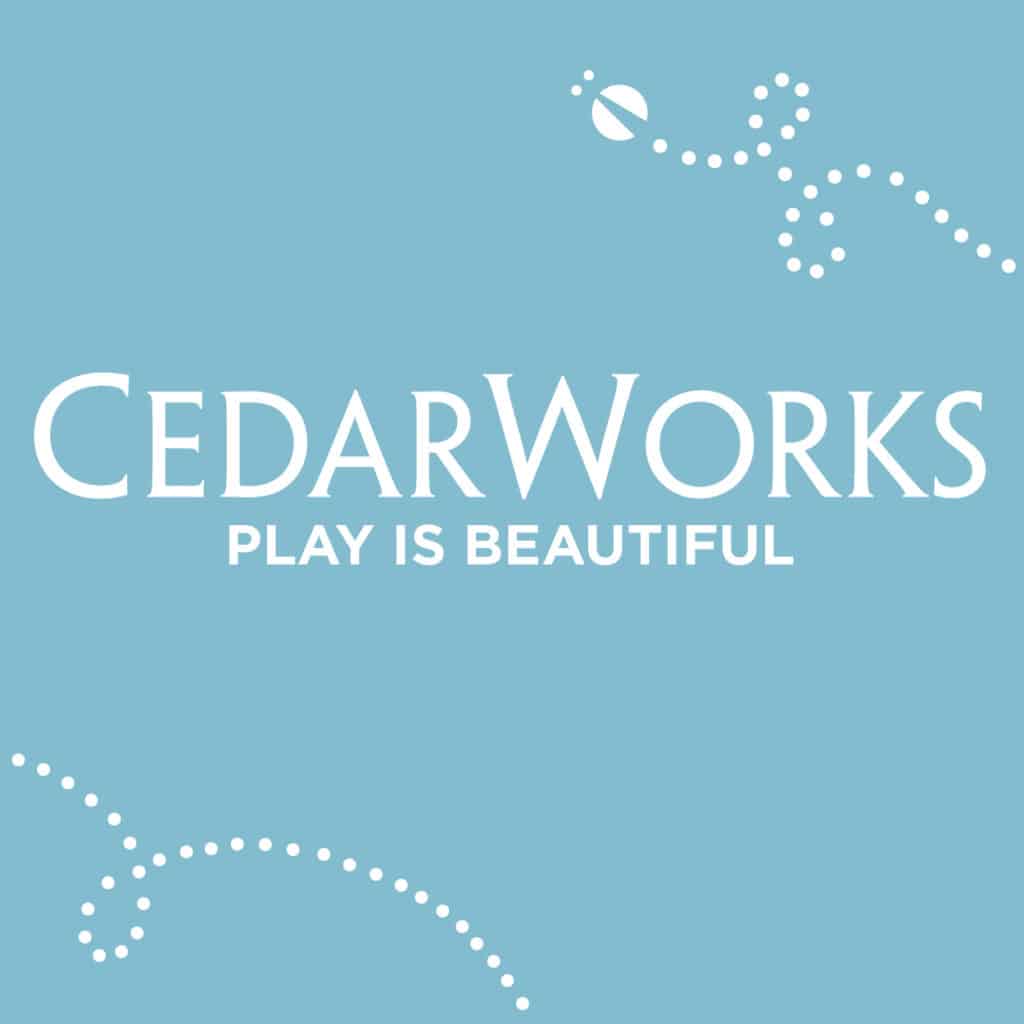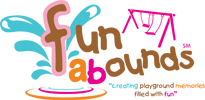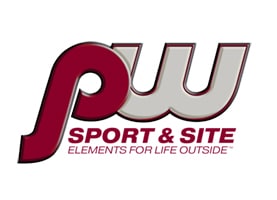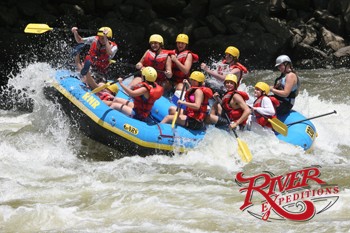When a church invests in a new sports floor, two things are expected: the floor should offer quality improvements and enhance or complement the look and feel of the facility.
The art of balancing an aesthetically pleasing facility while achieving maximum performance is easy when you specify a sports floor from a manufacturer that takes time to understand, develop, and perfect both aspects.
Whether you’re working on a project now or are simply looking for alternative ideas for traditional sports flooring, there’s a handful of different ways to create bold, impactful, and high contrast floors for sports and fitness facilities of all types.
Let’s dig into some options for creating beautiful, aesthetically pleasing sports floor facilities with high-performance floor options.
Getting Creative with Wood Stains
One of the most requested trends in sports flooring today is the use of stains. Staining allows the natural beauty of the wood grain to stand out.
This also creates a high contrast and helps athletes easily differentiate spaces while playing.
To achieve this look, key game lines are generally painted solid, but inside and outside the painted game lines, it’s possible to get creative with contrasting stains.
A unique idea we’ve seen is incorporating a wood-stained city skyline along the edge of the court.
Playing with Paint
Similar to wood stains, you can add a pop of color to a sports floor while still allowing the natural wood grain to shine through by diluting the paint.
This treatment almost gives a watercolor-like effect – the slightly thinner paint maintains the color while exposing the beauty of the grain.
Facilities will often get artistic with where the color is painted. Sometimes you’ll find the free throw lane painted, while other times you’ll see paint inside the 3-point line or used as part of the center court artwork.
Mixing Grades of Maple
In addition to stain and paint, you can get creative with maple grades. Utilizing different grades of maple is an eye-catching way to make a stunning impact in a gym or fitness facility. It’s also another option to make the wood’s natural beauty the star of the show.
Some sports and fitness facilities choose to stick with one grade for an entire floor, while others use a combination of grades for enhanced aesthetics.
In cases where a combination of grades is used, one grade of maple can be used on the court and another is used along the court’s perimeter.
Maple grades are purely aesthetic and have no impact on performance. First grade, second grade, and third grade maple refer to the natural color variations in the hardwood, with third grade being the darkest.
First grade maple is often specified for high-end projects as the lighter color provides advantages for competitive play, making game lines more visible.
Creating Dimension with Parquet
The Boston Celtics’ court is memorable for a reason; its bold, patterned floor is quite different than others in the NBA. For churches looking to create bold, visual differentiation, consider playing with parquet patterns.
Parquet patterns are achieved by alternating the direction of floor paneling. This tactic is purely aesthetic and does not compromise the floor’s performance attributes in any way.
Combining Synthetic and Hardwood for Functionality
For larger facilities, the combination of synthetic and hardwood sports floor systems has proven to be a highly functional and efficient solution.
By using different types of material, spaces can be clearly differentiated for various uses.
We often see facilities utilizing a hardwood maple sports floor for basketball and volleyball courts, then incorporating a pad and pour synthetic sports floor system along the perimeter. The synthetic perimeter can be used as a track or an area for exercise equipment, for example.
The transition between the two flooring types can be completely level, requiring no steps up or down from one surface to another.
The biggest benefit here is that each space is designed specifically for the intended use, furthering athletic performance and safety.
Synthetic sports floors also offer a wide range of design possibilities with various color combinations.
This information is courtesy of Action Floor Systems, which produces hardwood sports floors at the company’s Mercer, Wisconsin, plant. Constructed of hard maple timber grown exclusively in northern Wisconsin and Upper Michigan, it provides the most sought-after wood available for top-quality athletic surfaces, www.actionfloors.com.


